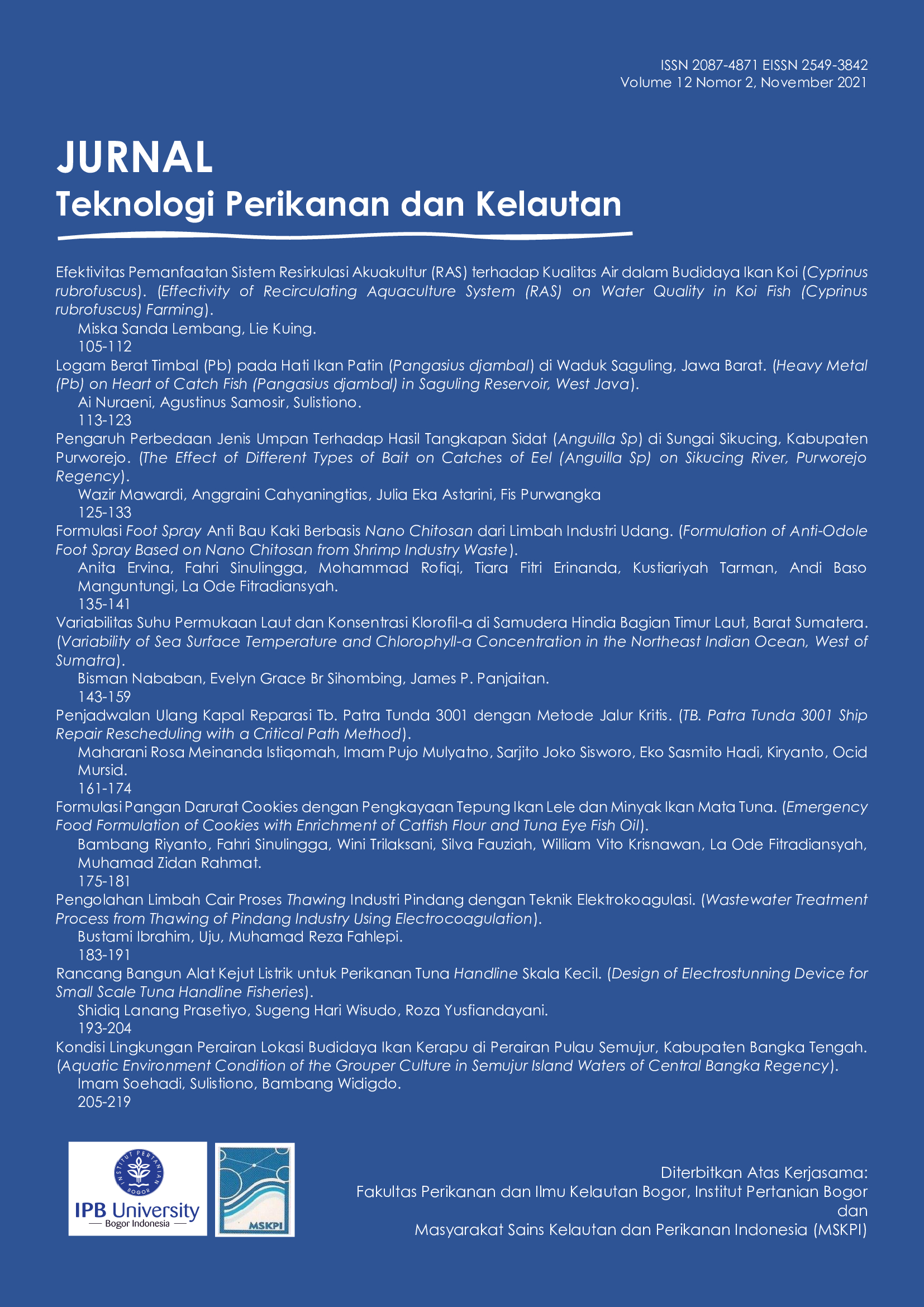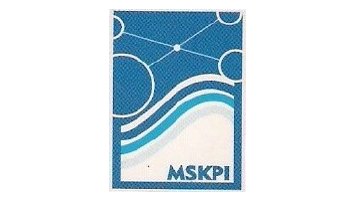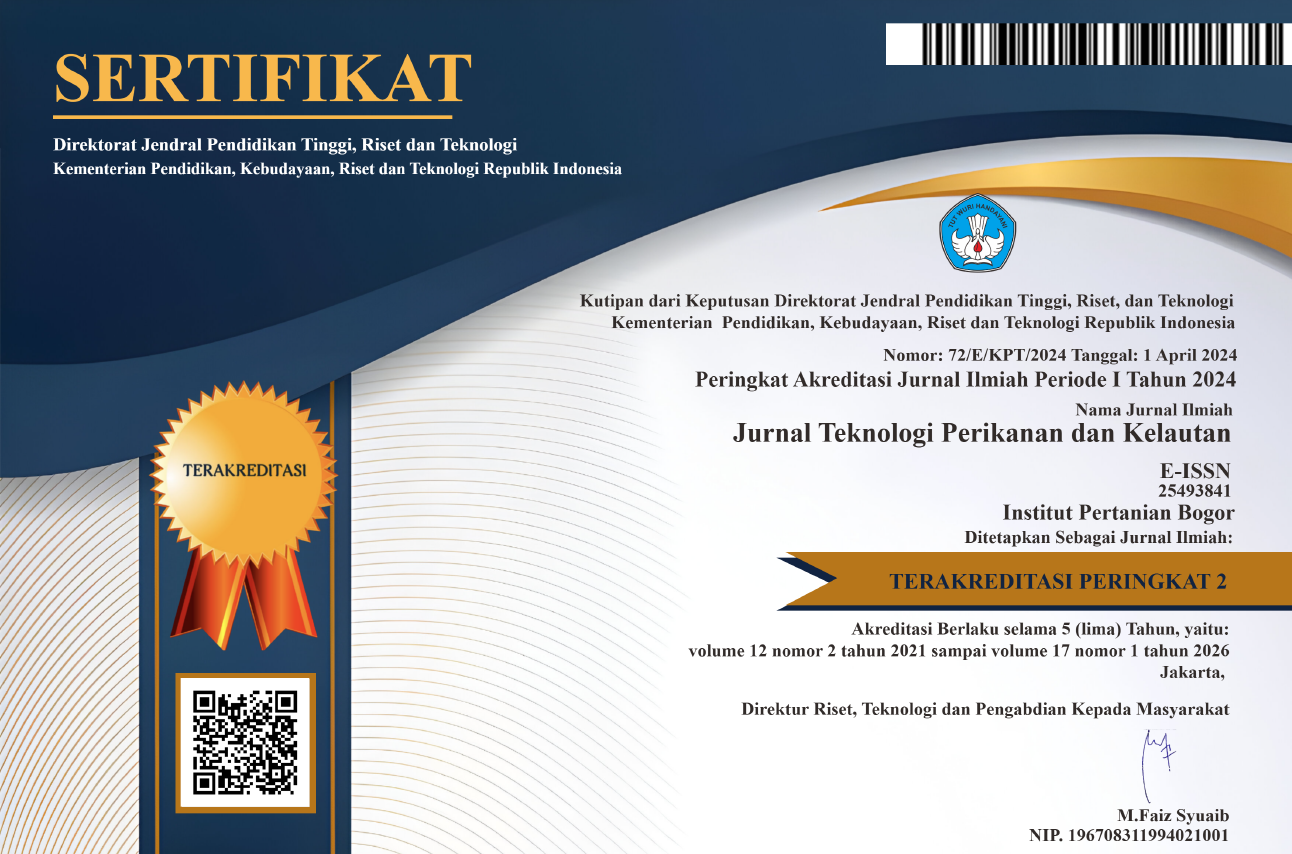VARIABILITAS SUHU PERMUKAAN LAUT DAN KONSENTRASI KLOROFIL-A DI SAMUDERA HINDIA BAGIAN TIMUR LAUT, BARAT SUMATERA
Abstract
The variability of sea surface temperature (SST) and concentration of chlorophyll-a (Chl-a) in the Northeastern Indian Ocean west off Sumatra was studied using satellite data over a period of 22 years. The study used a combination of NOAA-AVHRR and MODIS data for SST, SeaWiFS and MODIS data for Chl-a, and monthly surface wind data from the European Center for Medium Range Weather Forecasts (ECMWF). Supporting data such as the monthly El Nino Southern Oscillation (ENSO) index and the Dipole Mode Index (DMI) were obtained from the web page of https://www.ncdc.noaa.gov/teleconnections/ enso/indicators/soi/ and https://www. jamstec.go.jp/virtualearth/general/en/index.html, respectively. The results showed that the range of SST during 22 years (1997-2019) was 27,57°C-34,41°C where the higher SST occurred during the West Season and Transition Season-1, while the lower values were found during the East Season and Transition Season-2. The negative IOD caused higher SST and lower Chl-a concentration than normal. Chl-a for 22 years ranged from 0,0757 mg/m3-1,3006 mg/m3 where higher Chl-a occurred start from the end of East Season (August) to early West Season (December), while lower values were found during Transition Season 1. The evidence of higher SST around Transition Season 1 (March-May) coincided with the evidence of lower Chl-a in the same seasons was due to negative IOD phenomenon. The variability of SST and Chl-a was influenced by the patterns of the seasonal wind, the water mass circulation, and IODM.
Copyright (c) 2022 Jurnal Teknologi Perikanan dan Kelautan

This work is licensed under a Creative Commons Attribution-NonCommercial-ShareAlike 4.0 International License.





















